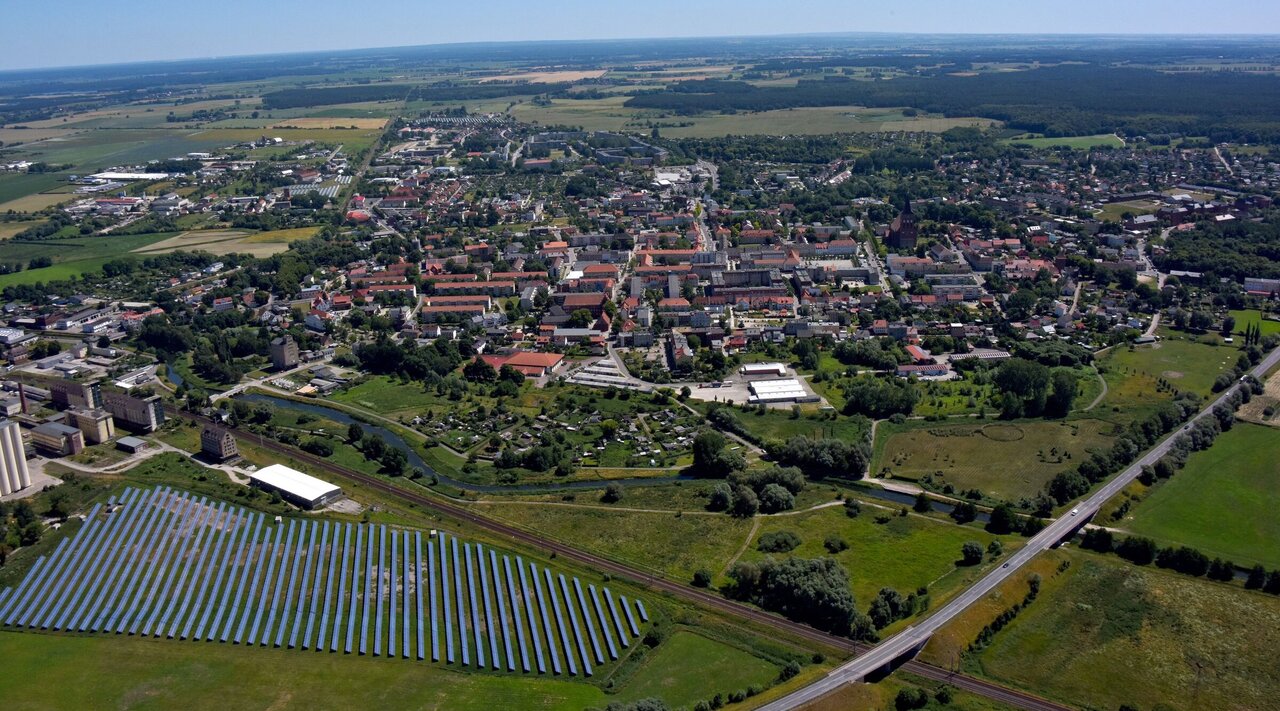Project
Modeling of spatial economic developments and model-based policy assessment

While some rural regions are prospering, others are at risk of falling further behind. Model-based insights about spatial economic development are therefore as important as knowledge about the instruments that can help achieve regional equality and growth objectives.
Background and Objective
Region-specific obstacles and drivers of economic development are usually persistent over time, also because the spatial mobility of capital and especially of labour is limited. Therefore, the question arises not only about the underlying local determinants of development, but also about the effectiveness and efficiency of regional and location policies that were already implemented or are planned. Support for political decisions based on model-based policy impact assessment is essential for the optimal use of funding or the design of policy instruments. For this purpose, we are developing a quantitative-spatial model that allows for a particularly detailed resolution of spatial patterns and processes.
Using the model, we want to investigate how changes in the economic environment, such as increased home office use or industrial automation, as well as local policy measures, such as transport infrastructure investments or innovation subsidies for local firms, will affect socio-economic development and the spatial distribution of households and businesses in the long term. In addition, insights should be obtained into why some regions are more resilient to economic shocks, allowing identification of suitable measures to increase economic resilience. In this way, the model can help to align regional policy actions more effectively and efficiently.
Approach
The derivation of the model is based on theory-based and empirically validated behavioural modelling of various market participants and their interaction - also in spatial terms (e.g. through trade or labour migration). In the medium term, interrelationships between markets and actors as well as the resulting feedback effects will also be considered based on regional input-output tables and selected market and policy variables, in order to be able to depict and analyse essential macroeconomic relationships. The estimation of key parameters of the model is done using (spatial) econometric methods.
In the "Modellverbund" of the Thünen Institute, whose models are oriented towards different decision-making levels (e.g. company, regional, sector level), we work across institutes with the aim of updating and further developing the models. Our model infrastructure is intended to aid identifying relevant regional economic policy instruments and development trends in a targeted manner, thus providing a significant basis for decision-making for future regional and structural policies.
Our Research Questions
- How do spatial disparities develop depending on certain macroeconomic scenarios?
- How do individual regions react to events such as the emigration of companies and labour, or the sudden increase in energy and transport costs?
- Which regional and location policy instruments prove to be effective and economical?
- Are there specific policy measures needed to promote structurally weak rural areas and how should they be designed?
Thünen-Contact

Duration
Permanent task 4.2023 - 12.2028
More Information
Project status:
ongoing
Publications to the project
- 0
Kroismayr S, Tuitjer G, Machold I, Mahon M (2025) Arts and culture for a sustainable future in rural areas. Eur Countryside 17(2):228-233, DOI:10.2478/euco-2025-0013
- 1
Runst P, Tuitjer G (2025) Kunst- und Kulturschaffende in ländlichen Räumen. Braunschweig: Thünen-Institut für Innovation und Wertschöpfung in ländlichen Räumen, 2 p, Zahlen & Fakten zur Wirtschaft in ländlichen Räumen 04/2025, DOI:10.3220/253-2025-143

![[Translate to English:] [Translate to English:]](/media/_processed_/6/1/csm_AdobeStock_543466681_9df3d40718.jpeg)
![[Translate to English:] [Translate to English:]](/media/_processed_/6/1/csm_AdobeStock_543466681_6eab1c26f9.jpeg)





